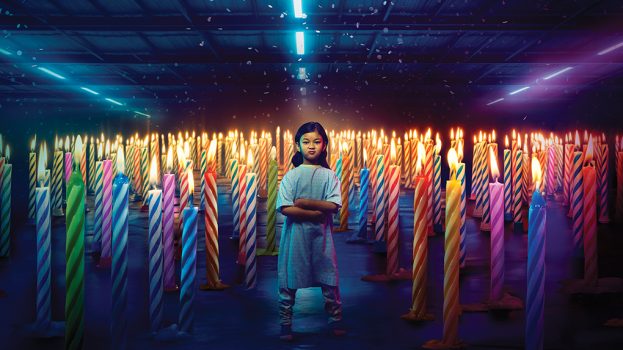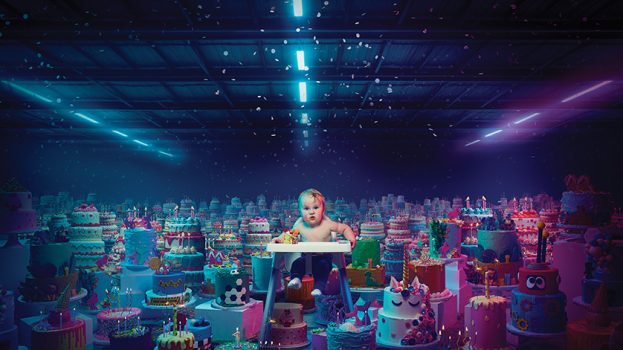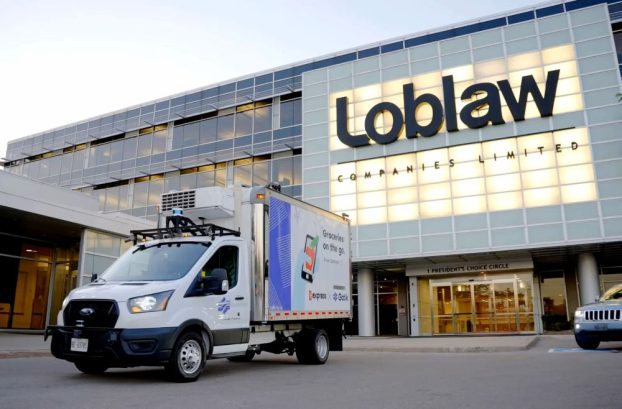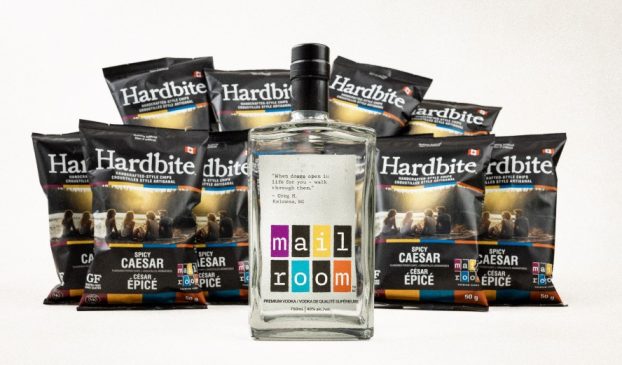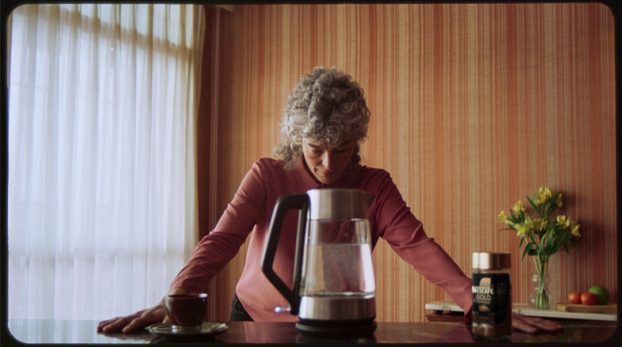
For the 40th anniversary of the 1976 Montreal Olympic Games, a new exhibition at Olympic Park is showing off a pivotal moment in the city’s history.
“Souvenirs from 1976” spreads seven stations throughout the different areas of the facility, using, as the name suggests, artifacts and souvenirs to tell the broader story around the 1976 Olympic Games, from the athletes who competed to the effort that went into bringing the games to Montreal to the facility’s architecture. Lg2Boutique handled the layout design and graphic elements for the exhibition, which uses a track-and-field-inspired path to connect each area along a common circuit.
Alain Larochelle, marketing director at Parc Olympique, says the exhibition is an example of the non-traditional events the park can be used for. In recent years, its management has been focused on proving the facility’s value to the people of Quebec in order to attract new visitors and to make a case for spending more on further renovations.
Among the world’s Olympic facilities, Montreal’s Olympic Park is one of the most-used following the end of the games, notably serving as the home of the Montreal Expos. However, in the 1990s and 2000s, the facilities began to fall into disrepair, leading to the departure of many events and being cited as a major reason for the Expos leaving town.
 Fast forward to three years ago, when the park had a “relaunch,” complete with an Lg2Boutique-led rebranding – work that was recently recognized on the Design shortlist at Cannes – and a campaign encouraging potential visitors to “rekindle the flame.” While the four rings in the new Olympic Park logo might be somewhat reminiscent of the Olympic logo, Larochelle says they are more representative of the park’s four main areas: the stadium, the Montreal Tower, the esplanade and the Sports Centre.
Fast forward to three years ago, when the park had a “relaunch,” complete with an Lg2Boutique-led rebranding – work that was recently recognized on the Design shortlist at Cannes – and a campaign encouraging potential visitors to “rekindle the flame.” While the four rings in the new Olympic Park logo might be somewhat reminiscent of the Olympic logo, Larochelle says they are more representative of the park’s four main areas: the stadium, the Montreal Tower, the esplanade and the Sports Centre.
“All the previous logos for the park were just a tower, so one element of the briefing was that it doesn’t have the tower because Olympic Park is not just a tower, it’s a full, urban park,” he says. “The rings also match the circular architecture of the facilities, because we didn’t want to just be about the Olympics. We also needed to underline everything that’s happened in the 40 years since the Olympics.”
Larochelle says the relaunch has, thus far, been a success, as the park has committed to holding quality events that have been successful in attracting new visitors. Athletic events have returned to the stadium, such as multiple Toronto Blue Jays spring training games and last year’s FIFA Women’s World Cup, but a priority for the park’s management has been to show the facility’s diversity. The Orchestre symphonique de Montréal now holds an annual summer concert at the park. A food truck event on the first Friday of every month in the spring and summer draws between 15,000 and 25,000 people. In 2018, Desjardins will be moving over 1,000 of its employees to office space in the Montreal Tower.
 The Sports Centre re-opened earlier this year following renovations, and the last major project is repairs to the stadium’s roof. While Larochelle says looking to the future is important, the relaunch of the park has been done for some time now, and the 40th anniversary is new opportunity to drive awareness about the facility and what it’s done for the city of Montreal.
The Sports Centre re-opened earlier this year following renovations, and the last major project is repairs to the stadium’s roof. While Larochelle says looking to the future is important, the relaunch of the park has been done for some time now, and the 40th anniversary is new opportunity to drive awareness about the facility and what it’s done for the city of Montreal.
“All I did for my first three years here was looking forward and not paying much attention to the past,” Larochelle says. “Part of our strategy is the importance of taking care of the park and making sure we will deliver, 10 years from now, a place that is healthier than it was 10 years prior. So looking back at what you’ve already done is an important part of that.”

